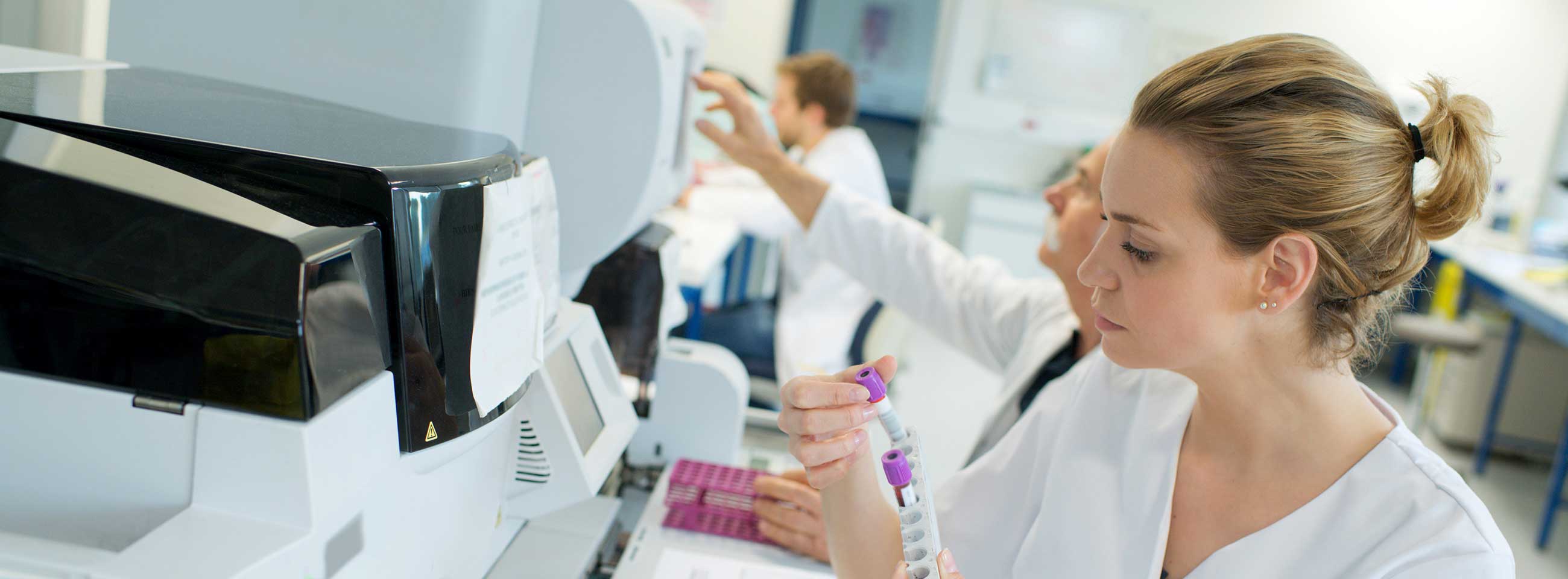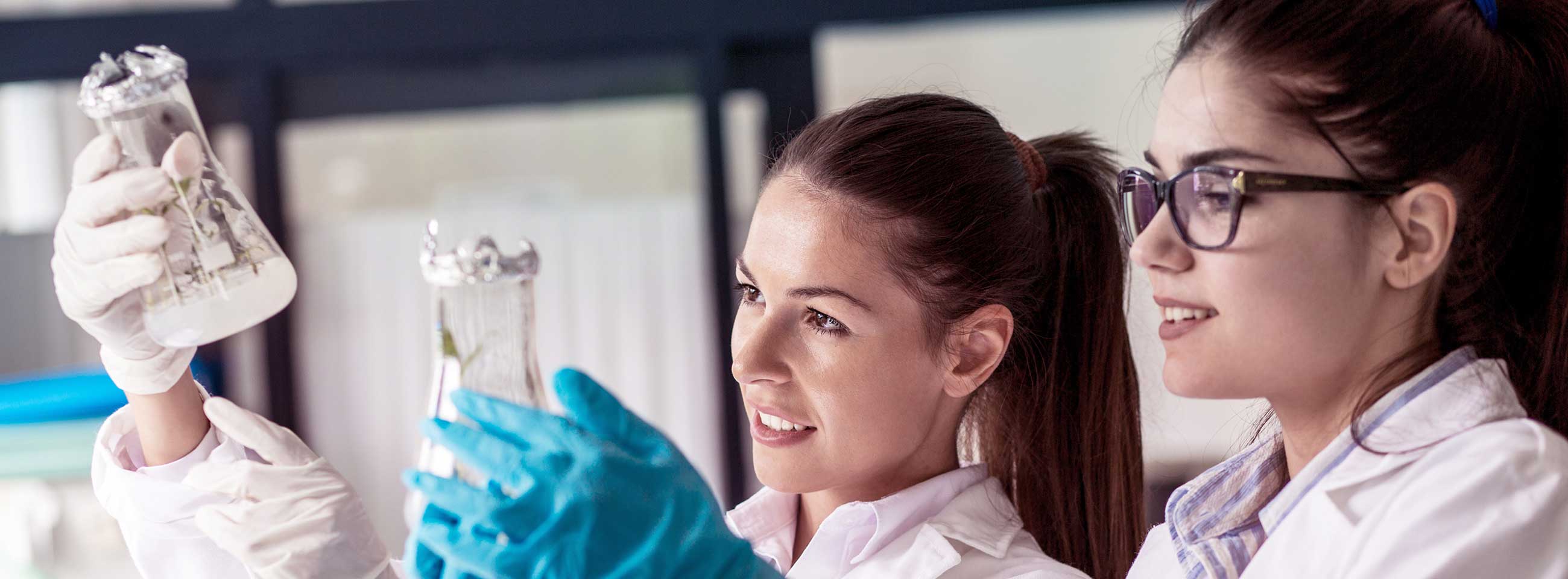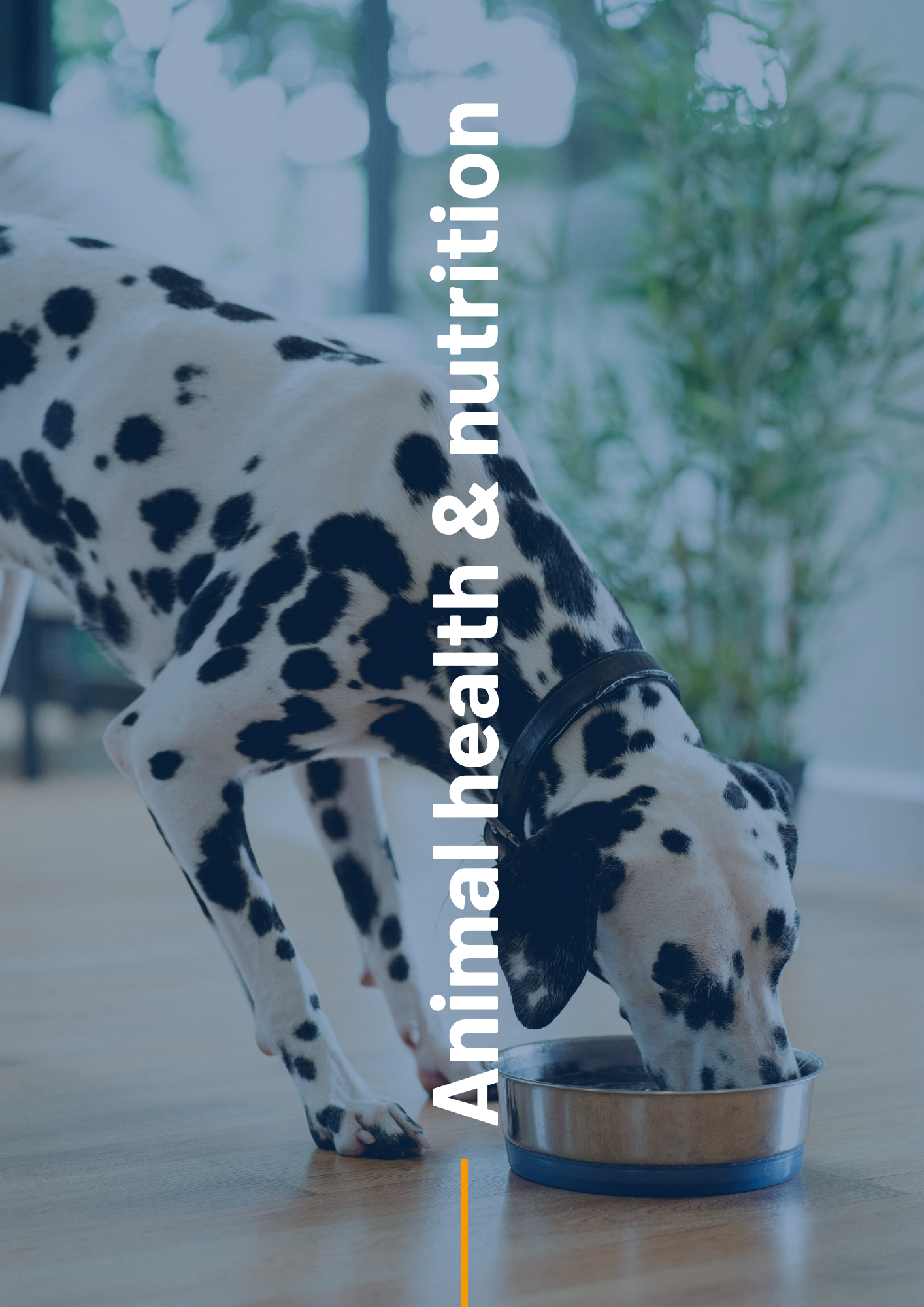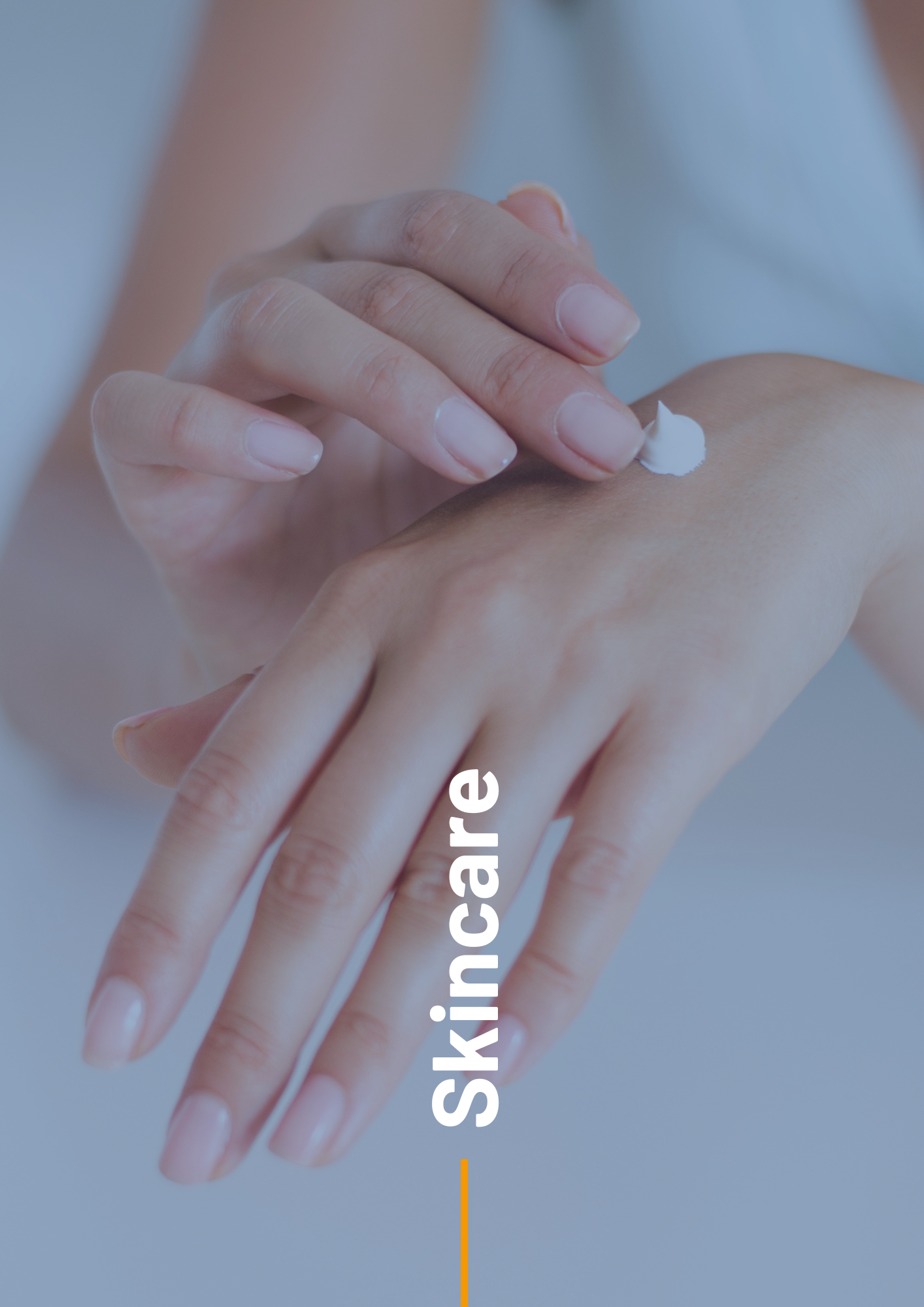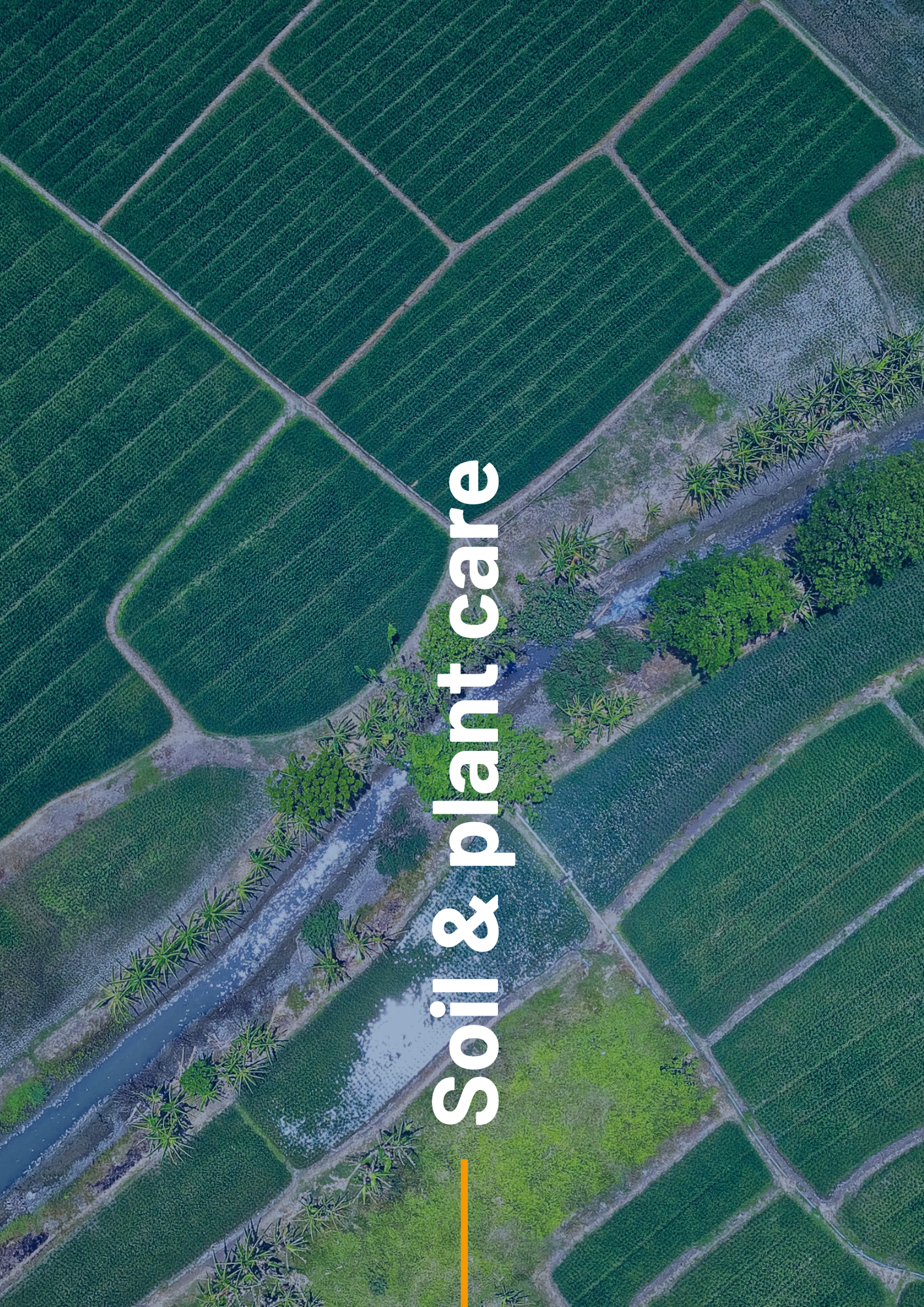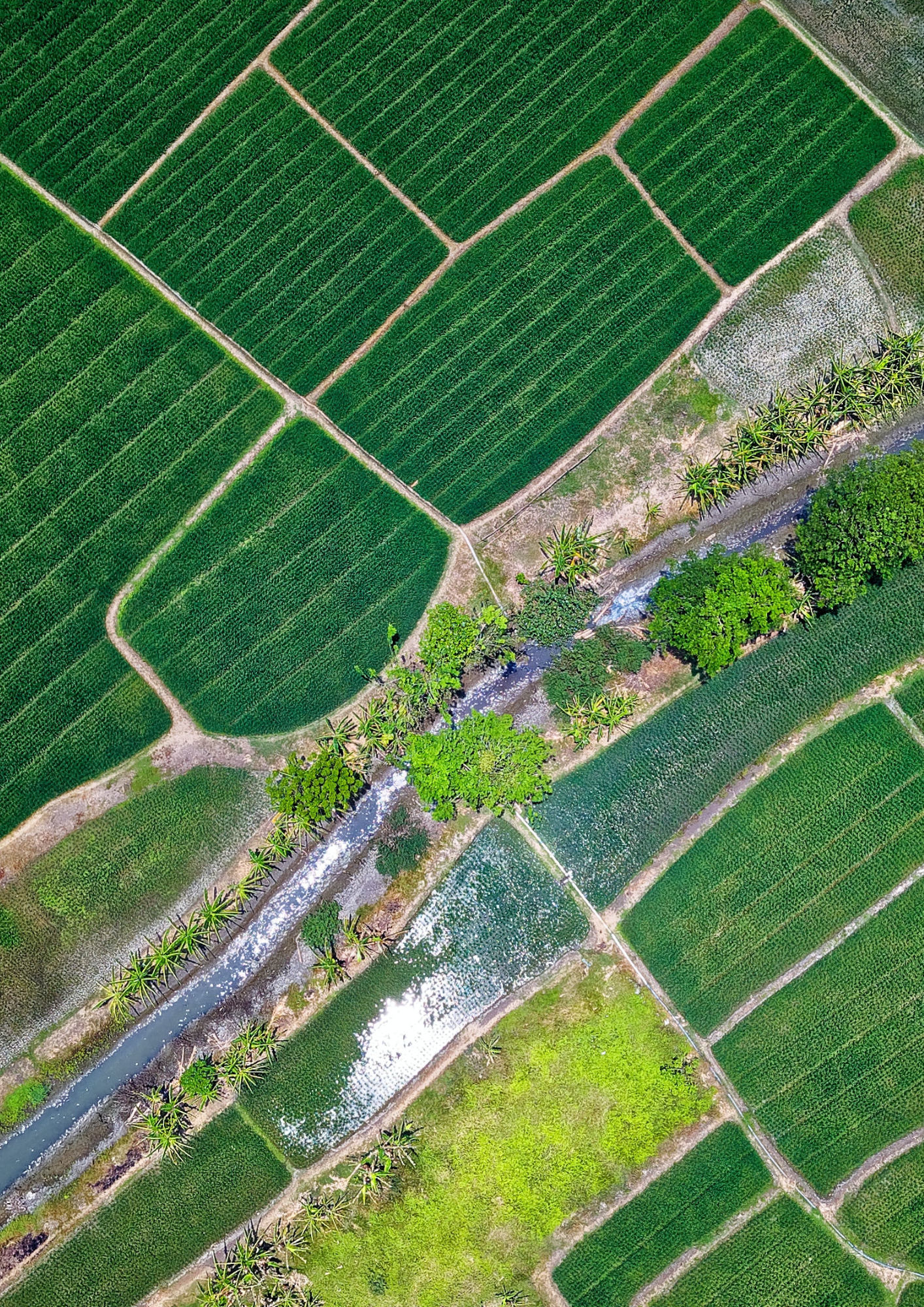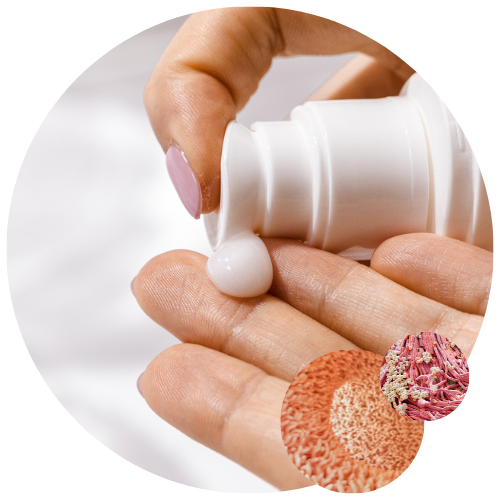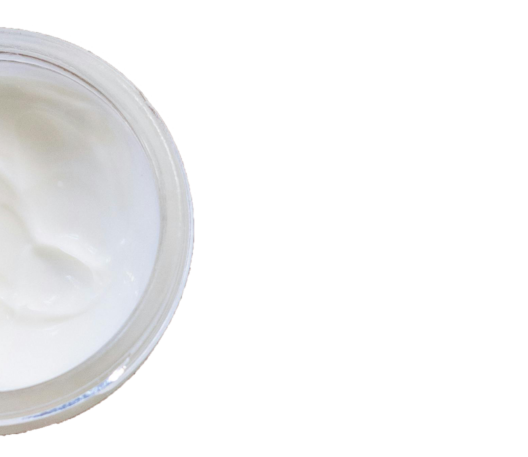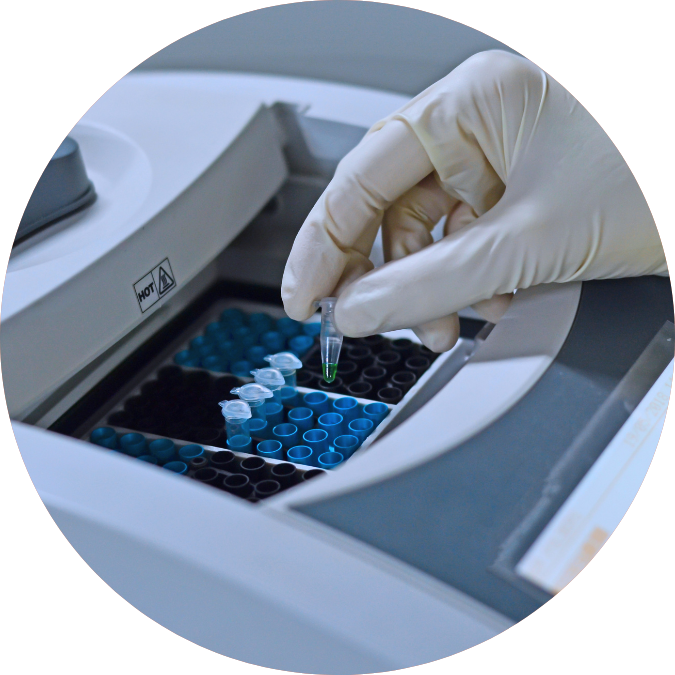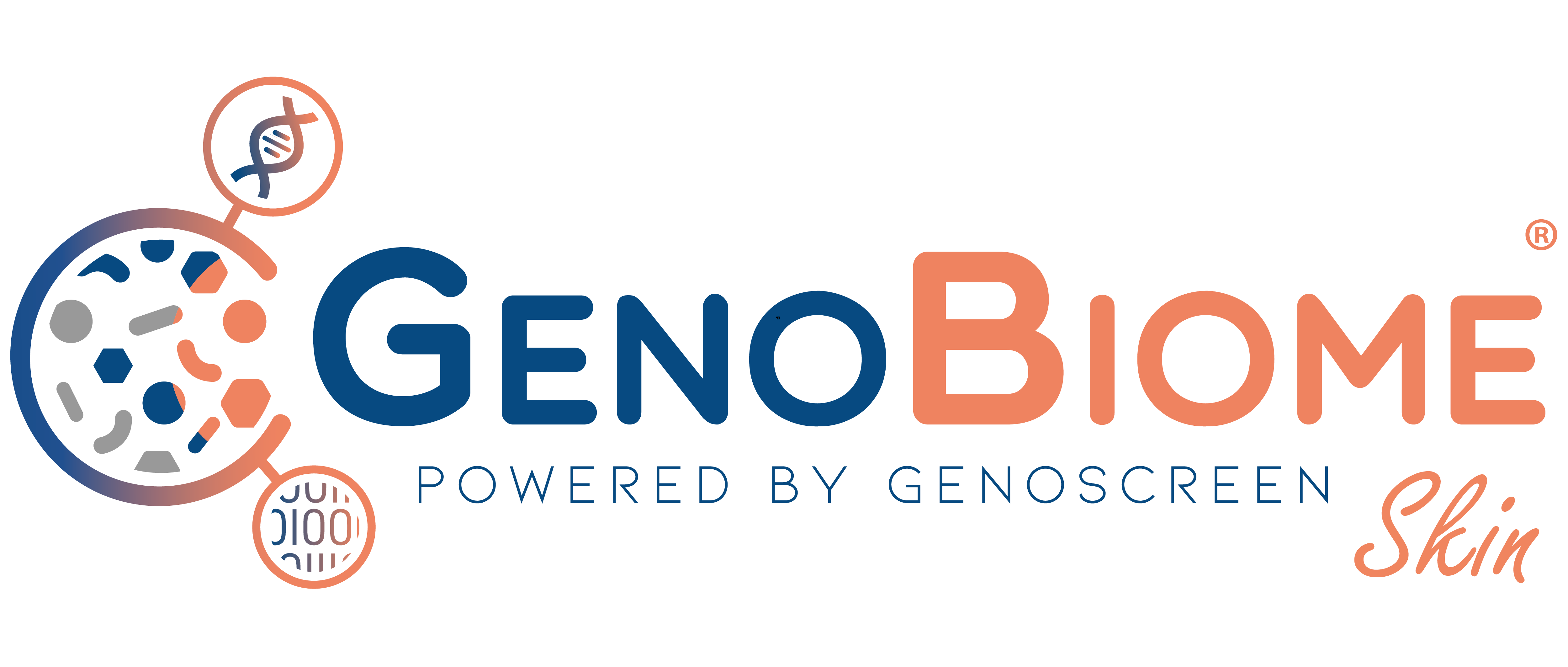Genomic information at the service of human health and its environment
GenoScreen Expertise
Download the catalogue
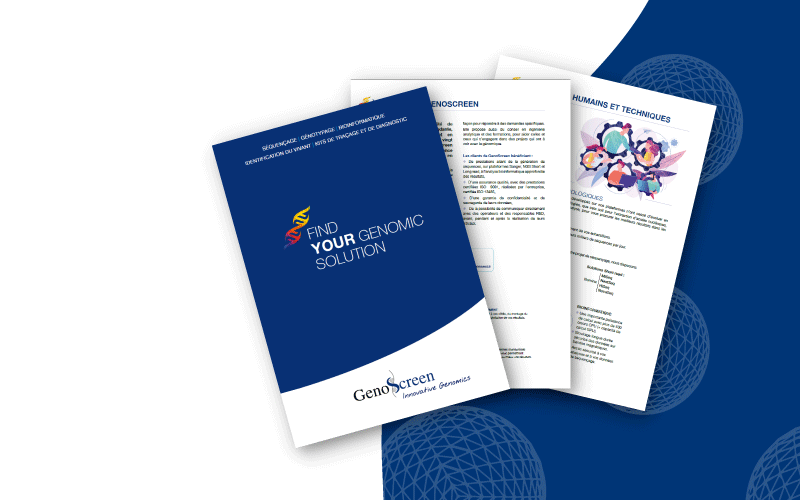
Genomics has revolutionized the study of microbiomes by enabling in-depth analysis of the DNA of micro-organisms present. Based on this approach, GenoBiome® makes it possible to characterise microbial diversity, identify specific species and study the interactions between these micro-organisms and their environment.
The skin's microbiota is made up of billions of microorganisms, covering various species, living in community and closely linked to skin health.
Increasingly, the microflora is being studied using genomics solutions, and GenoScreen has developed a complete solution for analysing the skin microbiome. These technologies open up new prospects for the development of cosmetics, skincare products and personalised treatments for atopic skins. With its experience and know-how, GenoScreen has developed a complete solution for analysing and characterising the skin microbiome.
This email address is being protected from spambots. You need JavaScript enabled to view it.
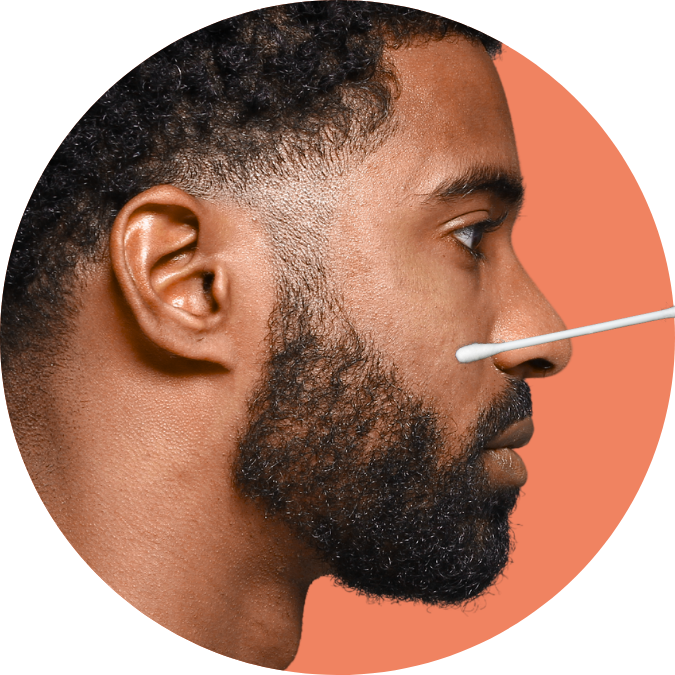
What genomics can bring to skin microbiota understanding ?
Metagenomics is the most complete and cutting-edge approach for characterizating and studying microbiomes, allowing to have a global overview of microorganisms in presence in any sample, and their functional potential.GenoScreen intervenes at different steps of any research and development project on skin microbiome. Our genomic solutions cover the following purposes :
This email address is being protected from spambots. You need JavaScript enabled to view it.
Our solutions for skin microbiome testing and analysis
From your biological question to its technological answer, we bring together our technologies and know-how to offer the best solution fitting your project. Mainly performed on in-vivo human samples, our analysis can be conducted with other models (in-vitro synthetic reconstructed human epidermis, ex-vivo explant tissue cultures).
Discover our services
By applying a broad panel of genomic technologies and services, GenoScreen provides various solutions in identifying microorganisms via DNA sequencing and comparison with international databases.
These powerful and precised solutions are able to identify and characterize the microorganisms of interest: the species, the sub-species or the strain, typing, tracking and antibiotic resistance.
Identification and characterization
In order to identify a specie, ribosomal DNA regions targeted are adapted to each microorganism.
Additionally, to refine and adapt the identification to your needs, other genomic targets (rpoB and gyrB genes, etc.) are then used (discrimination within a group of species sharing the same ribosomal DNA sequence, for example).
GenoScreen can also leverage its know-how in whole-genome sequencing for a more precised characterization of a strain : virulence, antibiotic resistance, genomic comparisons with the strain library, etc.
Microbial typing and tracking
Our solution precisely characterizes any microorganism at the sub-species or strain level by using standardized, validated molecular methods, such as multilocus sequence typing (MLST) and multiple loci VNTR analysis (MLVA).
The typing schemes in open-access databases (PubMLST, MLST.org and MicrobesGenotyping) are used as references for these analyses.
The analysis can also be performed on a custom typing scheme.
GenoScreen, the world leader in tuberculosis genotyping
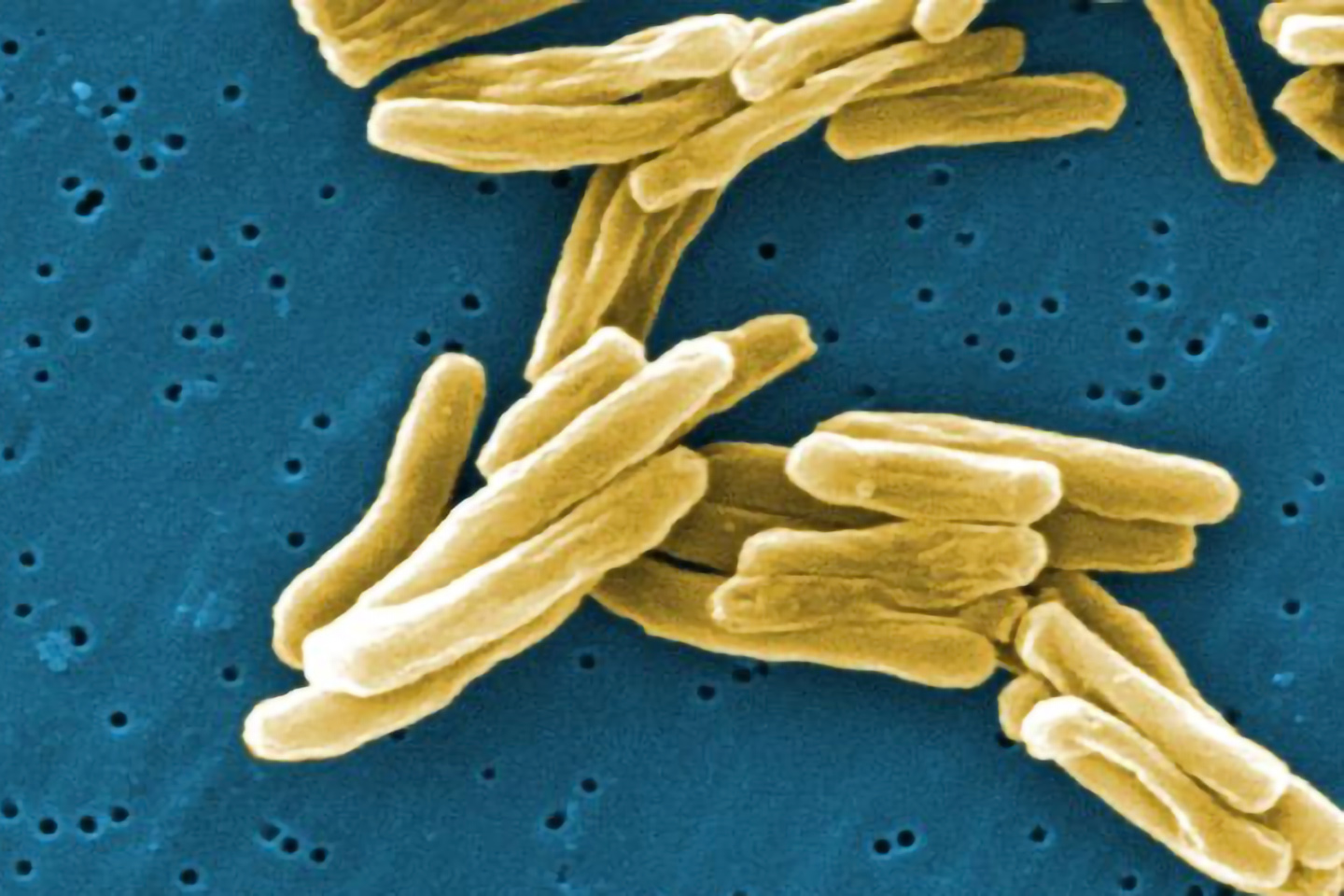
Credits to its cutting-edge technological know-how, GenoScreen is now the leader worldwide in genotyping and tracking of the Mycobacterium tuberculosis complex strains (the agent that causes tuberculosis).
The MIRU-VNTR solution developed by our teams is used as a kit or a service by many healthcare centers and research groups. A complementary spoligotyping approach is also available for identifying sub-species.
We propose kits and training courses for the implementation and an optimized use of the MIRU-VNTR method on Applied Biosystems® and QIAGEN® sequencers in your hospital or lab.
Antibiotic resistance
GenoScreen determines antibiotic resistance profiles via targeted sequencing of genes known to be associated with antibiotic resistance or by whole-genome sequencing. The sequences are compared with open-access databases or the literature data.
In-depth NGS sequencing can detect the presence of low-frequency variants conferring resistance (heteroresistance).
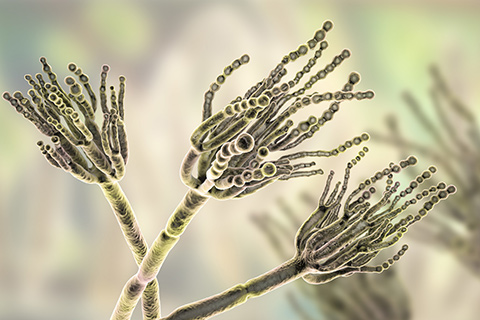
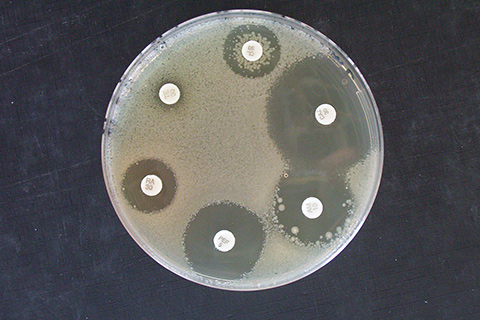
Deeplex®-MycTB - The all-in-one solution for characterizing Mycobacterium tuberculosis
The Deeplex®-MycTB solution developed by GenoScreen is a major innovation for the identification, characterization and epidemiological surveillance of tuberculosis for research purposes.
Deeplex®-MycTB is an all-in-one test for species-level identification, genotyping and prediction of antibiotic resistance in Mycobacterium tuberculosis complex strains.
An expertise in the genomic characterization of microorganisms
As an international specialist in microbial genomics, GenoScreen develops fast and precised solutions for characterizing, tracking and typing isolated microorganisms (bacteria, fungi, yeasts, etc.) and analyzing complex microbial florae:
- Scientific and technological services with a high level of expertise.
- Research under contract.
These advanced analytical strategies address many research issues in healthcare and environmental sectors. These techniques can identify, track and characterize microorganisms on the individual or community scale in order to understand their positive or negative impacts on health, safety and well-being of humans, animals and environment.
Examples of projects developed by GenoScreen
- Development of a genomic characterization process for genetically modified bacteria
- An analysis of the impact of a molecule designed to protect the intestinal microbiota from the effects of antibiotic treatments.
- Measurement of probiotics and other food complements’ impact on the digestive microbiota of certain farm animals, with the goal of accelerating their development.
- A study of a balanced microbial flora reestablishment.
- A study of skin creams impact on the cutaneous microbiota (with GenoBiome® Skin),
- Tool development of microbial florae metatranscriptomic analysis
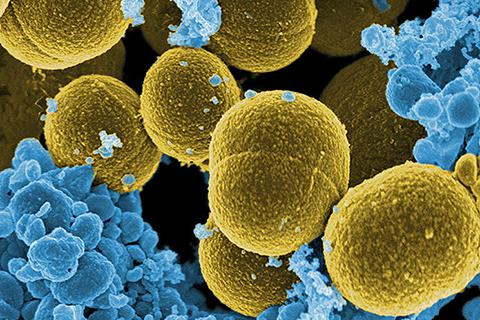
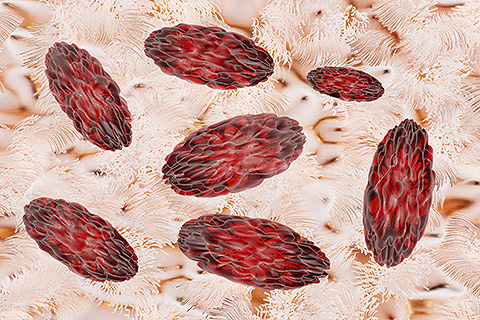
A microbiota analysis provides information on the entire set of microorganisms (bacteria, yeasts, fungi, algae, etc.) present in a given sample.
This type of analysis is now crucial in the evolution of research in human and animal health, nutrition, environment and biotech.
As a leading provider of genome analysis services, GenoScreen provides powerful, comprehensive solutions for microbiota analysis that will boost your research and give you huge beneficial options in genomics of the future!
Understanding whole ecosystems on the molecular scale
When compared with conventional microbiological tests, molecular analyses of microbial communities are, above all, useful in the study of microorganisms within their ecological niches, i.e. in the absence of culture steps in artificial media that separate the microorganisms from their community and their natural environment.
These microbial ecology analyses provide information on biomass, composition, diversity, functions, interactions between microorganisms and interactions with their habitat.
News
-
New EFSA Guidance for microorganisms (2025) : What changes and how GenoScreen help you stay fully compliant
Following its agenda to regulate the Food and Feed industry with up-to-date regulatory texts, the EFSAsignificantly raised the technical expectations for the characterisation and risk assessment of microorganisms used in food and feed. As of November 4th, 2025, dossiers that rely on outdated genomic...
-
How to scientifically and regulatory validate a probiotic or postbiotic Strain (EFSA, FDA)?
What are the requirements for marketing a probiotic or postbiotic strain? Developing supplements or functional foods containing a biotic strain involves much more than simply demonstrating their effectiveness. This process is essential for obtaining regulatory approvals from authorities such as the...
-
From prebiotic to LBP: Measuring functional effects in the gut microbiome
An imbalanced microbiome is not only characterized by a lack of diversity or abundance of species. What truly matters are the functions expressed:







